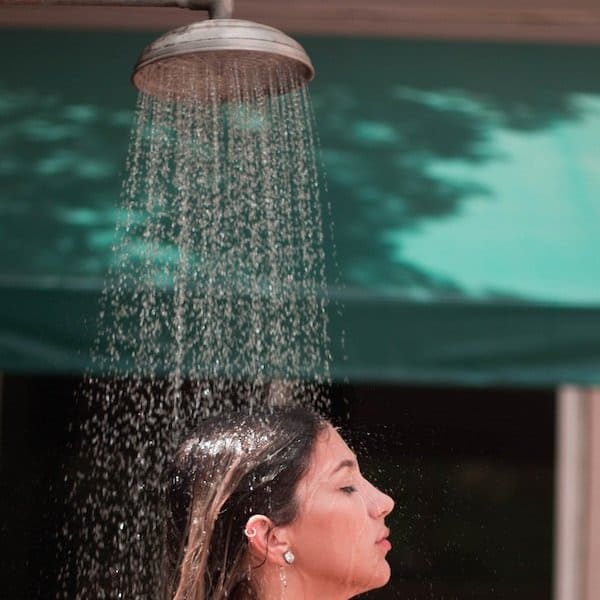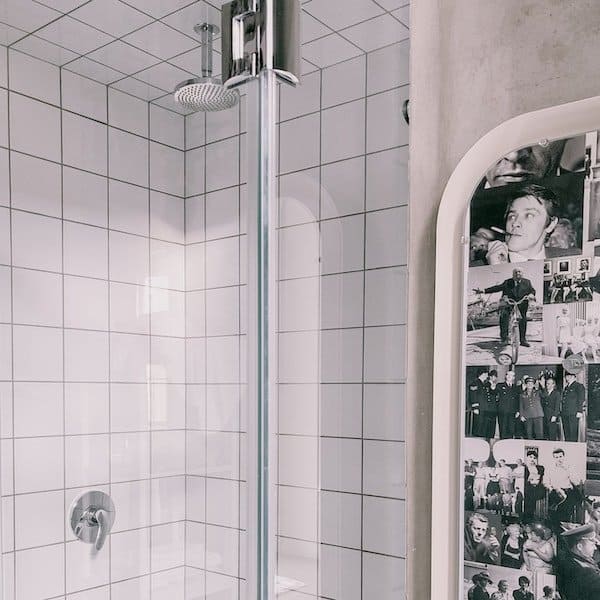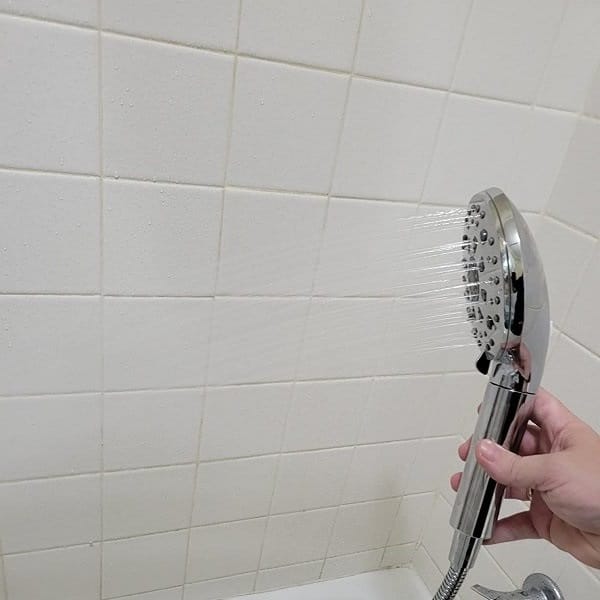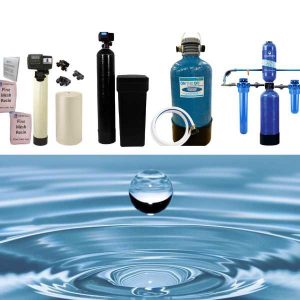Do Shower Filters Help Keep Your Hair Healthy?
Shower filters are becoming increasingly popular as people become more aware of the harmful effects of chlorine and other chemicals in their tap water. But do these filters help keep your hair healthy when you take a hot shower? The answer is yes! Shower filters can be a game-changer for those who struggle with dry, frizzy, or damaged hair.
The chlorine in most tap water can strip your hair of its natural oils, leaving it dry and prone to breakage. Shower filters remove chlorine and other harmful chemicals from the water, resulting in softer, smoother hair. They also help prevent color fading and damage caused by hard water minerals. Here is a list of the best shower head filters that you can check out.
Soft Water and Hard Water: What They Do to Your Hair
Soft and hard water refer to the mineral content in your water supply. Hard water contains high levels of calcium and magnesium, while soft water has lower concentrations of these minerals. The difference between these two types of water can significantly impact how your hair looks and feels.
Hard water can make it difficult for shampoo to lather properly, leaving residue on your hair. This build-up can make your hair look dull, flat, and lifeless. Additionally, hard water can strip your hair of its natural oils, making it prone to breakage and split ends.
On the other hand, soft water is much gentler on your hair. It allows the shampoo to lather easily and rinse away cleanly, making your hair smooth and silky.

What Are Other Harmful Substances in Your Shower Water?
Many harmful substances lurking in your shower water can risk your health. While chlorine is commonly used to disinfect water, it also forms harmful byproducts when it interacts with other chemicals.
Besides chlorine, fluoride is one of the most common contaminants in shower water. This mineral is added to many public water supplies to promote dental health, but excessive exposure can lead to tooth decay and other health problems.
Another potential danger in your shower is bacteria such as Legionella, which can cause pneumonia-like symptoms if ingested through mist or vaporized droplets in the air.
Heavy metals such as lead and mercury may also be present in your tap water supply due to contamination from old pipes or industrial waste.
Shower Filter Styles
Not all shower filters are created equal. Various filter styles are available on the market with different features and benefits.
Inline
Inline shower filters are a simple and effective solution for reducing harmful contaminants in your shower water. They are designed to be installed directly onto the water line of your shower, allowing you to enjoy clean and refreshing water every time you step in. These filters have various benefits, making them popular among homeowners who prioritize healthy living.
One of the key advantages of these filters is their ease of installation. The straightforward process can be completed without professional assistance since most models follow simple instructions.
- To install an inline shower filter, firstly, turn off the water pressure by shutting off the valve on the main line.
- Then remove the existing showerhead by unscrewing it counterclockwise.
- Next, wrap Teflon tape around the threads of your new inline filter and screw it onto the pipe where you removed the old showerhead.
- Once the new filter is in place, attach your showerhead to its threaded end using Teflon tape.
- Finally, turn on your water supply at the main valve and check for leaks around both ends of the new unit.

Showerhead
A shower head filter is a device that attaches to your showerhead and filters out impurities from the water. The impurities commonly removed by this type of filter include chlorine, sediment, and other contaminants. This type of filter ensures you have clean and healthy water when you shower.
Showerhead filters come in different shapes and sizes, so choosing one that fits your specific needs is important. Some filters have multiple stages of filtration for maximum purity, while others use only one stage. Some are designed specifically for hard water or areas with high iron levels.
To install a showerhead filter, follow these instructions:
- Firstly, turn off the water supply before starting the installation process.
- Next, remove your existing showerhead by twisting it counterclockwise with pliers or a wrench. Make sure to wrap a cloth around the base of the shower arm to prevent damage during removal.
- After removing the old showerhead, clean any debris or old tape from threads using a cloth or brush.
- Then wrap Teflon tape clockwise around the threads on the shower arm.
- Once complete, slide the new showerhead onto the arm and tighten it by hand.
- Then turn on the water to check for leaks.
Handheld
A handheld shower filter is a device that attaches to your existing showerhead and filters the water as it flows out. It is an excellent solution for those who want to improve the quality of their shower water without investing in a whole-house filtration system. Handheld shower filters come in various designs, but most are simple to install and use.
Many models offer additional features, such as adjustable spray settings, which allow you to customize your shower experience based on your preferences. Another advantage of using a handheld shower filter is its portability.
Here are some steps to follow when installing a handheld shower filter:
- Start by removing the existing showerhead from the shower arm. Use a wrench or pliers to loosen it if necessary.
- Clean the threads on the shower arm with a cloth or brush to ensure they are free from debris and buildup.
- Take out the washer included with your new filter and place it onto the end of the shower arm.
- Screw the mounting bracket for your new filter onto the threaded end of the shower arm.
- Insert your new handheld shower filter into its mounting bracket and tighten any necessary screws or bolts.
- Turn on the water supply, check for leaks, and enjoy your newly filtered shower.

How Often Should You Replace Your Shower Filter?
The frequency at which you should replace your shower filter will depend on several factors. These include the quality of your water supply, the type of filter you’re using, and how frequently you use your shower. In general, most experts recommend changing out your shower filter every six months to ensure optimal performance.
However, if you have hard water or live in an area with high levels of pollutants or chlorine in the water supply, you may need to replace it more frequently.
Can You Add a Shower Filter to a Handheld Shower?
The good news is that most handheld showers are compatible with shower filters, giving you plenty of options. Before purchasing a shower filter for your handheld device, ensure the filter is designed for this specific type of showerhead. Some filters may not fit correctly or be compatible with your model.
Conclusion
Using a shower filter can be beneficial if you are looking to maintain healthy hair and reduce hair loss. It can potentially reduce contaminants in water that can harm your hair follicles. Additionally, it could help retain moisture in your hair and improve scalp health. So before choosing a shower filter for hair, make sure to consider the different types of filters available. Also, look for a filter that fits your showerhead and has a filtration capacity that will work best for your hair.

